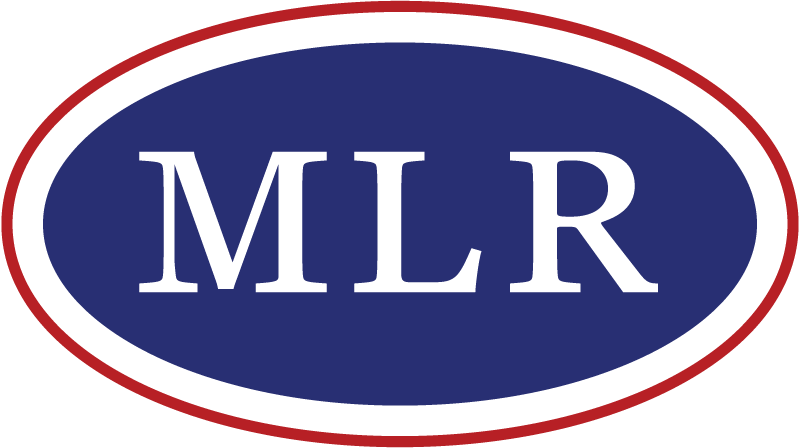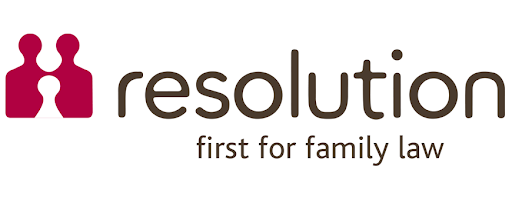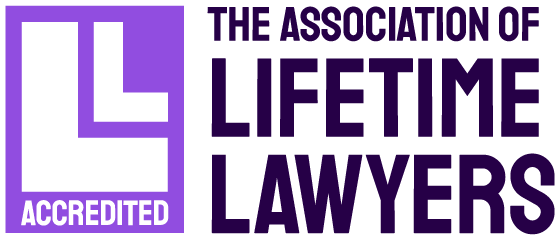The EHRC has revised its guidance on advertisements to assist advertisers in ensuring their content complies with the law and does not discriminate.
A discriminatory advertisement restricts access to jobs, goods, services, or facilities based on a protected characteristic under the Equality Act 2010. Such advertisements are unlawful unless permitted under specific, limited exceptions outlined in the Act.
In some cases an employer can say that an applicant must have, or must not have, a certain protected characteristic. This is known as an ‘occupational requirement’.
The occupational requirement can only be for a specific job, not for all jobs with an employer.
For it to be an occupational requirement, both of the following must apply:
- the protected characteristic is essential for and relates to the main tasks of the job; and
- there is ‘objective justification’.
There can be objective justification if the employer can prove: there’s a ‘legitimate aim’, for example, a genuine business need or a health and safety need, and the discrimination is ‘proportionate, appropriate and necessary’.
The updated guidance clarifies the application of “occupational requirements” under the Equality Act 2010, highlighting that these exceptions are sometimes misused, particularly regarding the protected characteristic of sex. It specifies that occupational requirements related to “sex” refer to the legal sex recorded on an individual’s birth certificate or Gender Recognition Certificate.








